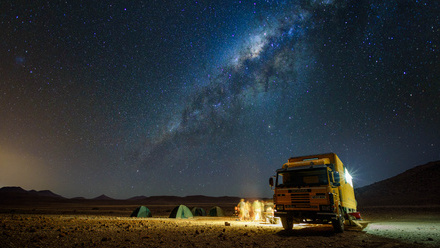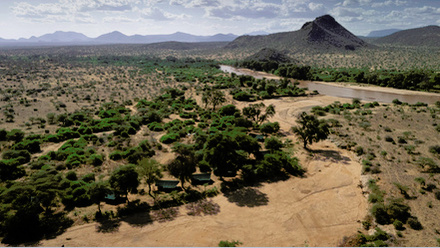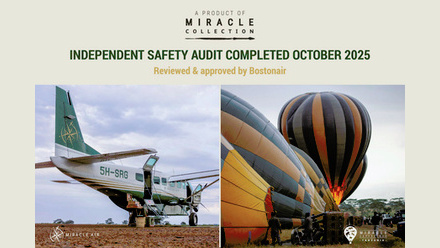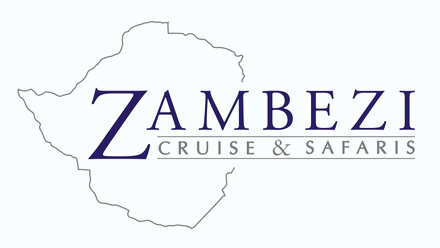Webinar Recording - The True Cost of a Selfie: Unethical Wildlife Tourism
The True Cost of a Selfie: Unethical Wildlife Tourism
When we speak about unethical wildlife tourism, we tend to refer primarily to the use of captive wildlife in tourism and the welfare implications for the wild animals involved. Of course, there are many such examples in our tourism space, from cub petting to elephant riding, and dolphin and tiger shows, to name a few. What we generally do not consider under the heading of unethical wildlife tourism are the many unprofessional practices involving wildlife in their natural habitat.
In the recent weeks, reports from the Kogatende Crossing in Tanzania's Serengeti National Park made social media headlines for their extreme and unprecedented scenes. We saw safari vehicles encroaching into the herds of wildebeest, obstructing their actual crossing, and clients allowed outside of their safari vehicles to get that special photo without any due consideration for the welfare of the wildlife.
This misconduct sparked a fierce but necessary debate around the ethics of wildlife tourism practices. However, we need to be able to recognise the more subtle unethical tourism practices before we can implement a more responsible way forward with regards to both captive and free-roaming wild animals.
Key Points:
Tourism activities involving captive wildlife – general concerns and reasons to avoid such activities:
- Removal of the wild animal from their mother prematurely.
- Involving cruel training and handling techniques.
- Animals are generally restraint during training and often during performance.
- Animals forced to exhibit unnatural behaviour.
- Animals have no freedom of choice.
- Activity has no educational value.
- Activity has no conservation value.
- Safety concerns, in particular with regards to predator – visitor interactions.
Top-level captive wildlife activities to be avoided:
1. Wildlife performances
2. Wildlife as photo props
3. Feeding & petting wild animals
4. Walking with wild animals, in particular elephants and predators
5. Riding wild animals, in particular elephants and ostriches
What about free-roaming wildlife?
Whereas decisions around captive wildlife activities is relatively clear cut and easy to determine, our free-roaming wildlife safaris have a lot of catching up to do. In particular around what practices are considered unethical and the many shades of grey.
General ethics of wildlife safaris guidelines:
- Stay in the safari vehicle at all times.
- Keep noise and movement to a minimal.
- Don’t drive over the maximum allowed speed limit.
- Stay at a respectful distance from the wildlife - let them decide how close they want to approach.
- Don’t overcrowd the wildlife – preferably max 2-5 vehicles per sighting.
- Respect the guide - don’t pressure them into breaking park regulations.
- Give guests an easy platform to report unethical behaviour and practices.
- Choose smaller camps with fewer vehicles, not mega-hotels.
- Support lodges with proper conservation and community credentials.
Top-level problematic practices involving free-roaming wildlife:
1. Habituating wild animals - the continued presence of visitors and safari vehicles in our wilderness areas, inadvertently habituates our wildlife with sometimes negative and dire consequences, including
- cheetahs getting injured while jumping on and off safari vehicles,
- setting abnormal standards,
- accidents waiting to happen.
2. Night Safaris – where we can improve, e.g. by
- using red-filtered spotlights rather than the white light
- adding filters to the vehicle’s headlights,
- not shining light directly into the animal’s eyes,
- not using flash photography,
- not disturbing the animals, especial during hunting,
- not getting in between predators and prey.
3. Getting too close –
- Can encourage off-road driving which damages fragile ecosystems and can lead to environmental degradation, which in turn impacts the wildlife carrying capacity of an ecosystems.
- When professional photographers pressure wild animals for the perfect shot.
- When private (often foreign) guides push not only the boundaries of wildlife viewing but also the professional standards of the local team.
- Is risking lives of both your client and the wild animal involved.
- Has a real impact on wildlife, e.g. cheetah cub survival rates
4. Feeding and baiting wildlife – highly unethical practices to avoid the risk of a no-show.
Why?
Regardless the species and its habitat, the perpetuating cycle is the same: guides want better tips to supplement their wages and visitors want the close-up encounters, the sensationalist experience for the perfect picture, preferably a selfie, to give them online clout and likes. The content is king, and the wildlife is just the vehicle, the opportunity.
“We cannot pretend to champion conservation while simultaneously breaking the rules to manufacture drama for our benefit.” – Adam Bannister.
How can we return to operating with respect and integrity?
It starts by having open and honest conversations and admitting our own complicity in some of these problematic practices. We need to evaluate what is acceptable and what practices are considered unethical. We can then in a pragmatic way look for possible solutions, find more acceptable and ethical ways forward.
We need to find a way to strike a balance between the vital economic opportunities that tourism brings and the protection of the conservation areas that drive African tourism to a large extend.
We can’t blame just the guides, who often part survive on tips. The responsibility and accountability also lie with all of us, from the lodge owner/manager, to the wheels operator, the tour operator, and of course the visitors. We need to find ways to manage visitors’ expectations and gives guides the tools to deal with demanding clients.
Background information/reading:
- Guarding the Golden Goose – the Great Migration Debate: https://adambannisterwildlife.com/so/a7Pae7Xrz?languageTag=en&cid=5e57f4ca-136d-4073-aeb6-03a8b33c1bc1
- Guides or influencers? When content creation compromises wildlife: https://africageographic.com/stories/guides-or-influencers-when-content-creation-compromises-wildlife/
- Ignorant complicity amongst some safari guides: https://africageographic.com/stories/ignorant-complicity-amongst-some-safari-guides/ · Habituating leopards: https://africageographic.com/stories/habituating-leopards/
- There’s a cheetah on the roof – when wildlife viewing crosses the line: https://africageographic.com/stories/theres-a-cheetah-on-the-roof-when-wildlife-viewing-crosses-the-line/ · Like a Deer in the Headlights!: https://www.chiawa.com/wp-content/uploads/2024/01/Shining-A-Spotlight-Chiawa-Safaris-Redlight-Article.pdf
- Cheetah cub survival impacted by high-tourism areas: https://africageographic.com/stories/cheetah-cub-survival-impacted-high-tourism-areas/ · Bringing animals in-to Wildlife Tourism: https://www.mdpi.com/2071-1050/16/16/7155 · Safari ethics and over tourism in Africa: https://africabeat.com.au/safari-ethics-and-over-tourism-in-africa/
- The safari industry’s ‘conservation-washing’ is a growing problem (commentary): https://news.mongabay.com/2025/08/the-safari-industrys-conservation-washing-is-a-growing-problem-commentary/
- David Yarrow Is Running Afoul of the Ethics of Wildlife Photography, Again: https://fstoppers.com/animal/david-yarrow-running-afoul-ethics-wildlife-photography-again-524660 · Safari Ethics and overtourism in Africa: https://africabeat.com.au/safari-ethics-and-over-tourism-in-africa/
- The Dark Side of Animal Tourism - 10 Unethical Animal Encounters to Avoid: https://theworldpursuit.com/unethical-animal-encounters/




